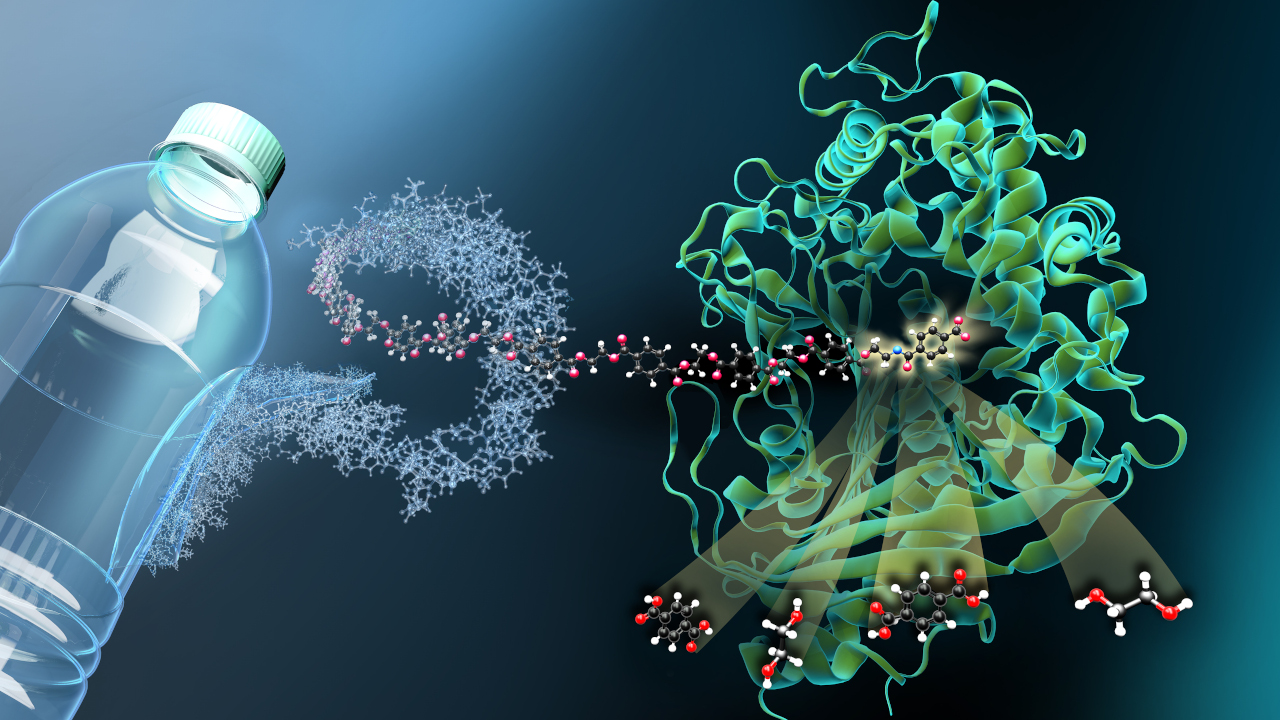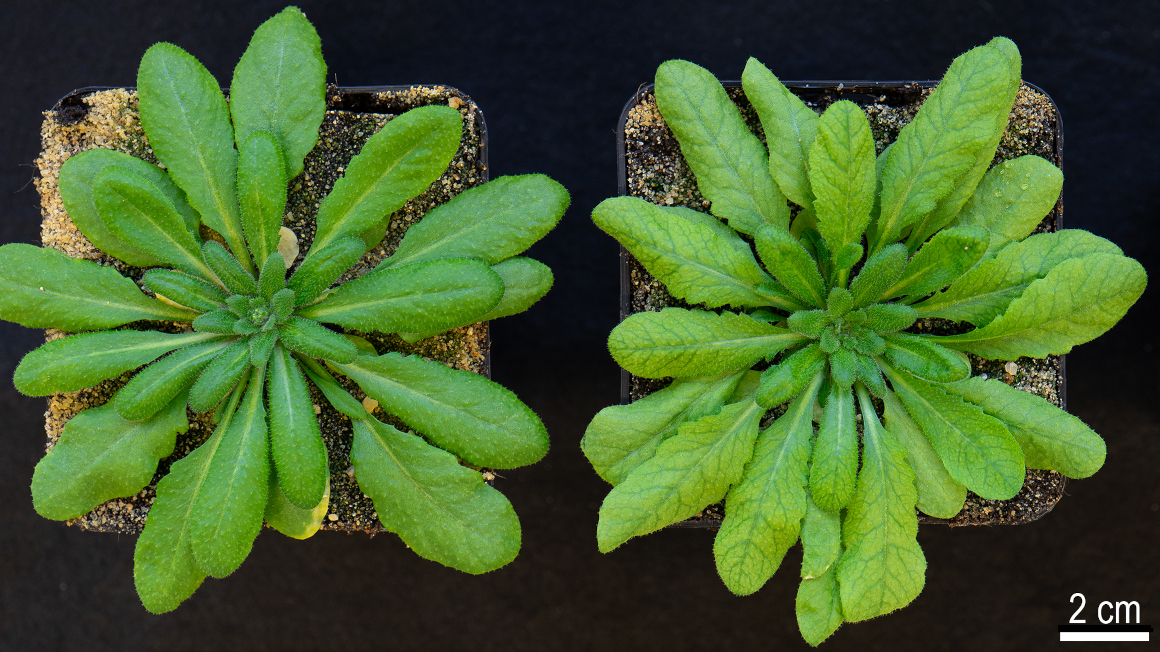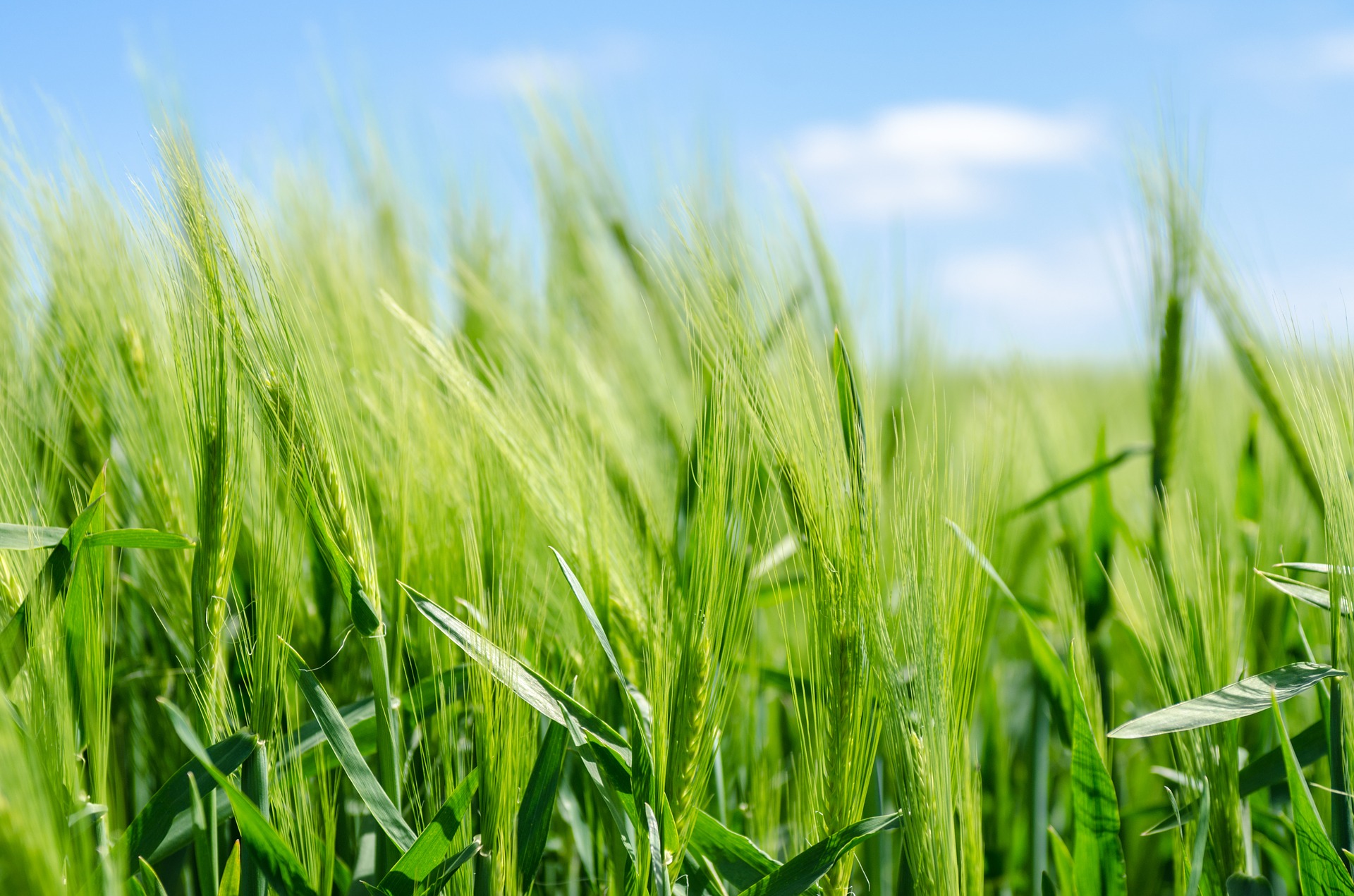ERC: Bioeconomy projects by four top researchers honored
The European Research Council (ERC) has announced the recipients of this year's Consolidator Grants. These include four pioneering research projects from Germany that are relevant to the bioeconomy.

The European Research Council (ERC) is the most important European funding organization for excellent frontier research. The Consolidator Grants, which are aimed at outstanding scientists in the middle of their careers, are among the most sought-after funding formats. They receive funding of up to 2 million euros over five years to consolidate their independent research teams and conduct research in their specialist disciplines.
Three male and one female scientist will be researching topics relevant to the bioeconomy in Germany, including bioinformatician Korbinian Schneeberger, plant scientist Guillaume Lobet, chemist Amelie Heuer-Jungemann and biochemist Tristan Wagner. They are looking for ways to simplify potato breeding, make cereals drought-resistant, use origami DNA to optimize enzyme functions and research microorganisms that could serve as a potent source of biofuel.
Here is a brief portrait of their projects:
More efficient potato breeding
The potato is one of the three most important food crops in the world. Despite this, it has only been improved to a limited extent over the past 150 years because the complex structure of the potato genome makes breeding difficult. Bioinformatician Korbinian Schneeberger and his team from the Max Planck Institute for Plant Breeding Research and the Ludwig Maximilian University of Munich want to tackle this problem. In the BYTE2BITE project, they are analyzing the entire genomic diversity of the potato. With this knowledge, the researchers want to develop tools to free the potato genome from mutations from the past. This will pave the way for more efficient potato breeding and contribute to securing the world's food supply.
Drought-resistant grain
Guillaume Lobet from the Jülich Institute of Agrosphere is looking for ways to make cereal plants more resistant to the increasing drought. His DROOGHT project starts at the root. The plant researcher suspects that there is a connection between the root diameter and the ability of plants to absorb water. He and his team are therefore investigating the distribution of root diameter within cereal root systems. The long-term goal is to use root diameter to select plants whose root systems are optimized for water uptake. As diameter is one of the easiest root characteristics to measure, it is of great value in large-scale field studies.
Optimized enzyme function
Enzymes play an important role in biotechnology. This often involves transferring "foreign" enzymes into other living organisms using genetic engineering. With her NanoCat project, chemist Amelie Heuer-Jungemann from the Max Planck Institute of Biochemistry is laying the foundations for the transfer of enzyme functions between living organisms without genetic engineering. Using nanotechnology, she is developing artificial encapsulations of enzymes that consist of a kind of DNA origami and a silicate coating. She and her team want to use the controlled structure of the encapsulation to create synthetic multi-enzyme systems. These are protected by the encapsulation and their activity is retained even in foreign organisms. In the long term, the nanotechnology approach could be used to transfer highly efficient multienzyme systems directly into living organisms via the cell membrane – temporarily and without genetic engineering. For example, the CO2 fixation rate of plants could be improved by introducing multienzyme systems with key photosynthesis enzymes into the leaves of plants.
Understanding the methane metabolism
Methane is a potent biofuel. Microorganisms that produce or utilize methane are referred to as methanogenic or methanotrophic and live without oxygen. Biochemist Tristan Wagner from the Max Planck Institute for Marine Microbiology wants to understand how individual reactions in the metabolic pathways of these microorganisms work. A major obstacle for research to date has been the fact that anaerobic microorganisms are difficult or impossible to isolate. Little is therefore known about the natural diversity and capabilities of the carbon-converting enzymes from this special microbial world. However, Wagner's team has found a way around the problem. The researchers have shown that it is possible to analyze the enzyme functions of methanogenic and methanotrophic microorganisms in biomass samples – without having to isolate a single microbe. In the EnLightEn project, the team will investigate the enzymes in complex biological samples such as activated sludge from sewage treatment plants. In the long term, the results of this research could be used in synthetic chemistry. The biological blueprints of the enzymes inspire chemists in the development of catalysts that are needed for CO2 or methane-utilizing reactions.
The European Research Council (ERC) was founded by the European Union in 2007. By funding scientific projects in all disciplines – from engineering to life sciences and the humanities – the ERC enables researchers to develop their own field. It supports outstanding researchers of all nationalities and ages to carry out projects across Europe.
dpd


